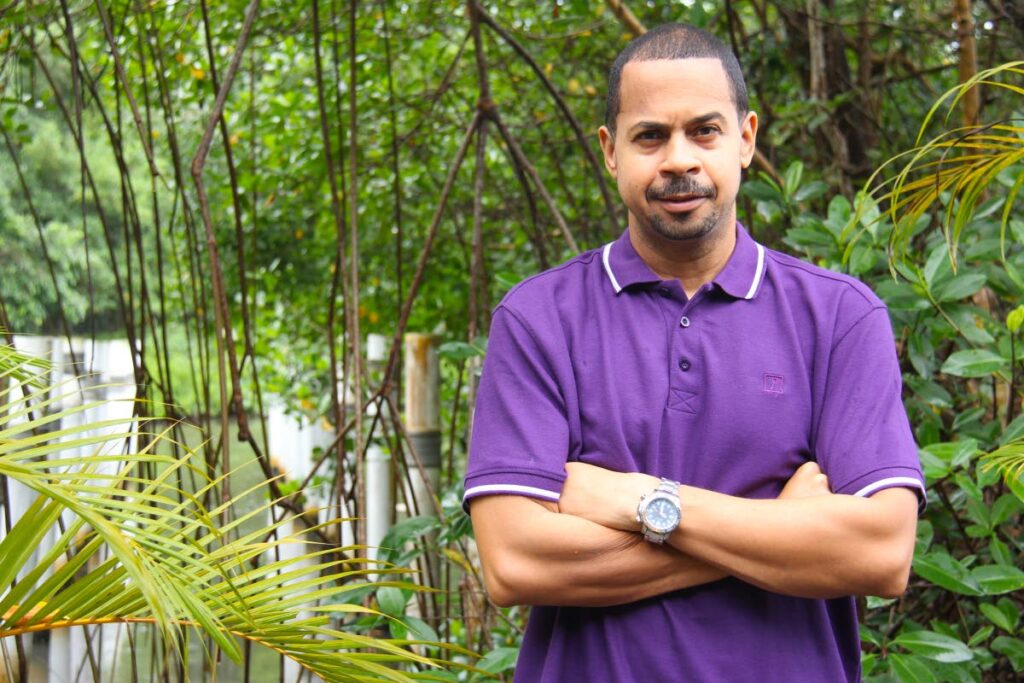Anatomy of a Trini criminal

PAOLO KERNAHAN
AS CHILDREN we have nightmares about monsters, but what do monsters dream about?
The current wave of violence is often reduced to the predations of "psychopaths." That's the term used by acting CoP McDonald Jacob.
If only our problems were as simple as Jacob. How can those charged with reducing criminality prevail without understanding it?
The recent killing in front of a Starbucks branch shocked many. "Nowhere is safe an ymore," they said.
Nowhere has been safe for a long time. A drive-by shooting at MovieTowne in broad moonlight back in 2003 put paid to any wafer-thin notions of islands of safety.
Law-abiding folks were seduced into believing gangland violence would be contained to so-called hot spots. If you're going to have a shootout, have the decency to kill each other on your own turf. Routine culls are merely matters of housekeeping between gangs; nothing of concern for ordinary folks keeping their noses clean.
One of the reasons many of the new-fangled business complexes have done such a roaring trade is because average citizens (prey) convinced themselves that in such places they are insulated. These businesses are perceived like Manning's berm – a wall between us and "them," but without bougainvillea.
Now that gangsters and bandits have far more money than most of us working stiffs, they're patronising the same fancy places once thought of as the sole preserve of the well-heeled. Consequently, rivalries are being settled on "neutral" ground.
While the shooting in front of Starbucks feels like the last straw for lots of citizens, we've been sitting on a towering bale of last straws all along.
One of the gifts bequeathed me by my former life in journalism was some insight into the criminal mind – what shapes it, distorts it and drives it.
My job exposed me to communities I'd never have heard of otherwise, far less understood. Never Dirty, Morvant; Scorpion Alley, Carenage; Beetham (before elevation to Beetham Gardens); Trainline, Marabella; Dibe Long Circular – these enclaves and many others like them represent the geometry of fractal failure.
As these marginalised areas suffer their own failures, internal conflict and gangland score-settling, such failures then spill over onto the wider society – crossfire killings, robberies with violence and murder. That's when the problem becomes "big."
The seeds, though, have been in the ground for decades.
When I visited orphaned communities across the country I was always struck by how many young men, some school-age, were just sitting around in the middle of the day, seemingly with nothing to do. Listening to them speak, there's one picture I put together that could apply to nearly all the rough areas I entered: disaffected youth see themselves and their communities as a cast-off subset of society.
They believe they suffer because others, folks who are connected and corrupt, have deprived them of their "share." So they create a society within another, one governed by its own rules.
Their lives hold no value because that's what the privations of their surroundings reflect. That's why they have no fear of being killed in the act of trying to extract value from your life.
"If they studied books instead of gangsterism, they wouldn't be involved in crime." Easy enough to say, but the world isn't that simple. The education system, broadly speaking, isn't fit for purpose.
At any rate, children from marginalised communities tote the dysfunction from their homes into schools. Children can't be expected to make much of themselves if they're battling tension-filled, single-parent homes and street corners infested with gang recruiters. As is the case with all our problems, crime is the inevitable metastasis of a series of unchecked failures.
Now, as law-abiding citizens, you just want to live in peace and feel safe. You probably don't care that much about the origin story of the silhouette in your CCTV footage. You aren't particularly interested in how the chef cooked the food – to that I say, fair enough.
Understanding the complexity of criminality in Trinidad and Tobago, though, is the responsibility of the government and law enforcement – agents of failure themselves. It's a poor consolation, but the better you grasp the multi-dimensional nature of criminality, the more you can appreciate just how spectacularly your government is failing you.
In problem-solving, seeing the gaps in any strategy is the only way we can ever fill them in.
In a follow-up column, I will discuss the parenting factor and the influence of politics on the anatomy of a Trini criminal.


Comments
"Anatomy of a Trini criminal"